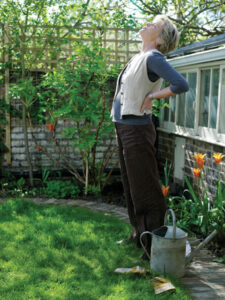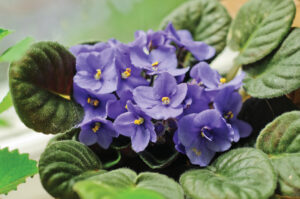 As this is being written, the temperatures are in the single digits. The forecast calls for more snow. Blah.
As this is being written, the temperatures are in the single digits. The forecast calls for more snow. Blah.
When you read this, hopefully it will be sunny and warm. The only thing predictable about the weather is its unpredictability, and our ability to shortly forget how good or bad it was.
Come July, if and when the mercury in the thermometer climbs into the triple digits, we’ll look back at the last few months and think they weren’t that bad. We’ll forget the utility bills. We’ll forget the layers of clothes.
Let’s keep happy thoughts, though. Dream of temperatures in the mid-80s with rain only during the week and never on weekends and humidity levels hovering around 60 percent.
In the meantime, plan on getting the garden ready for spring planting.
We’re going to assume your tools are already sharp, with wood handles sanded to prevent splinters and sharp edges filed on the ends of hoes, shovels and trowels.
The first step is to walk around the yard, with a cup of steaming coffee or tea in your hand (or something cold and fermented if that’s your cup of, well, tea) and get an overview of what you want to accomplish this year. This is also an opportunity to picture what needs to be picked up, moved, or pruned before any heavy gardening. Remember, this is a thought-provoking stage. Don’t do anything yet.
That’s good enough for the first day.
Stretch. Limber up. Those muscles are probably atrophied into some formless mass. Move the arms over your head, bend the knees, move from side to side. Do it all bit by bit. Otherwise, you’ll notice the body saying “NO” dramatically the next day.
If you don’t or can’t limber up, bring a kitchen timer to the yard with you for the first couple of gardening sessions. Set it for 15 minutes. When the alarm goes off, stop what you’re doing and do something completely different, even if that means going inside for more liquid refreshments.
Your body will be less sore tomorrow.
Before getting down and dirty, do garden clean-up you might have been missed last fall or that occurred during winter.
Pick up fallen branches and sticks. Trim back those ornamental grasses, tightly tying the larger ones with twine or old nylon hose before cutting so you can easily haul the biomass away. Remove those mushy Hosta leaves.
Winter has probably destroyed the beauty of the hardy hellebores and heucheras. Take your pruners and cut off the dead and ugly about a half-inch to inch above the ground.

While it may seem easier to pull up lots of debris, cutting is better especially if the ground is soggy. A good tug and you may end up pulling the whole plant out.
Rake and mulch those leaves that seem to magically appear even though you swore you bagged every last one five months ago.
That’s good enough for the second day.
For the rest of spring, plan out tasks in small increments. It’s easier and makes gardening more exciting instead of a dreaded chore.








